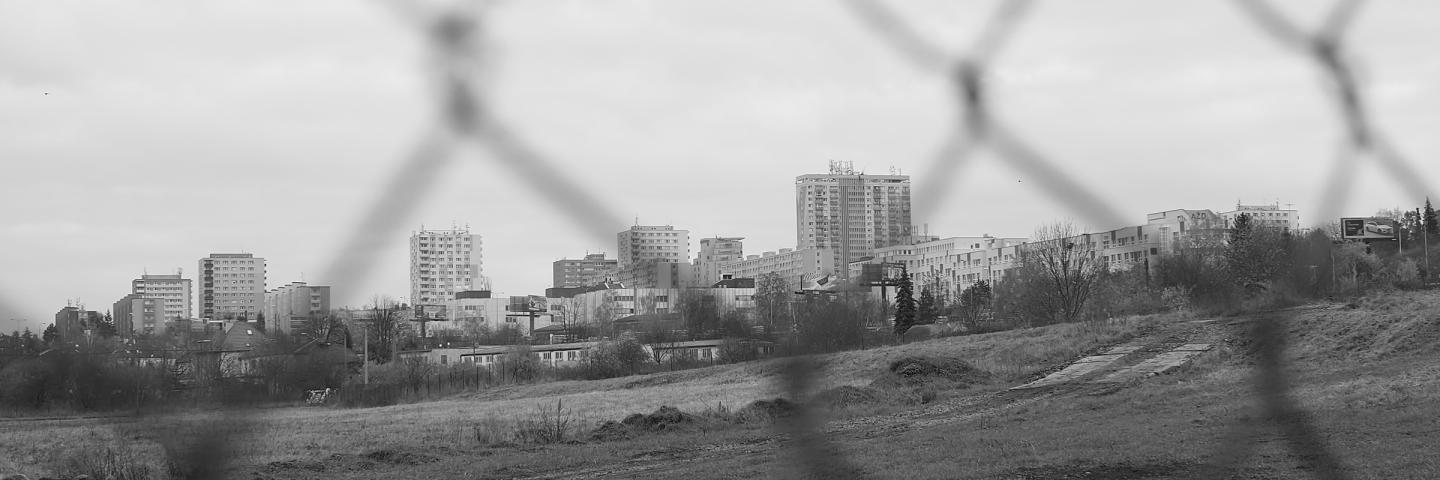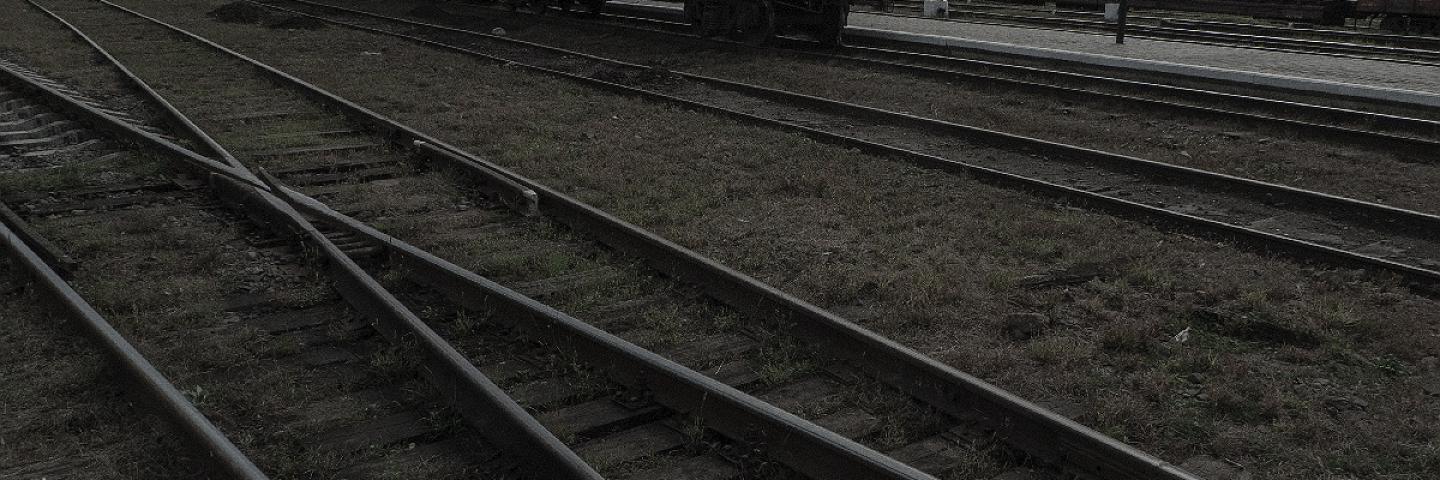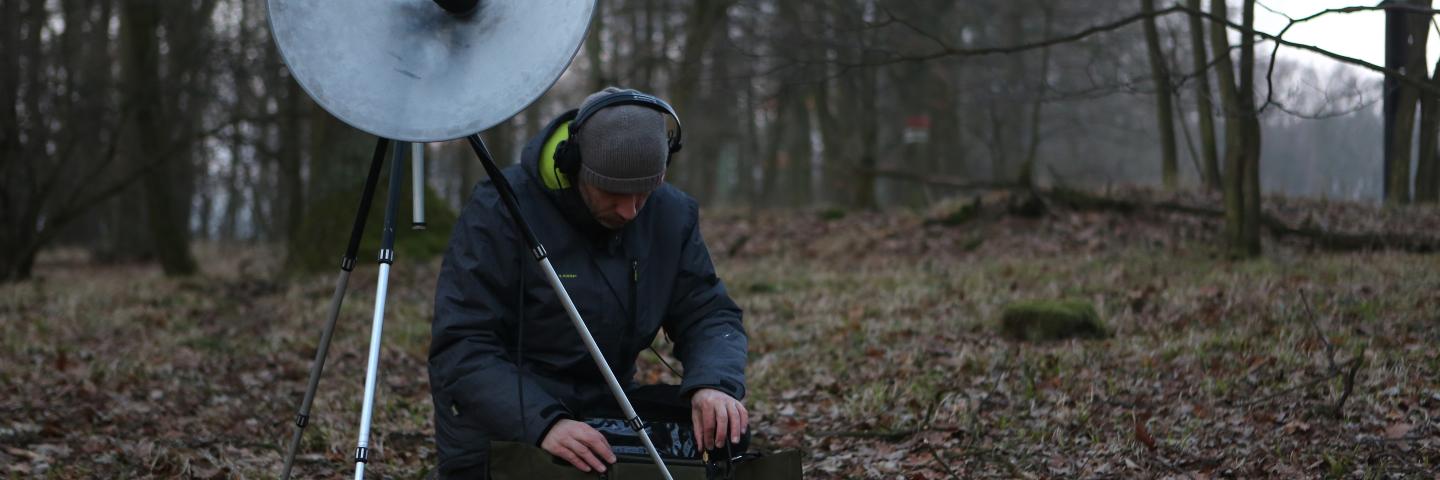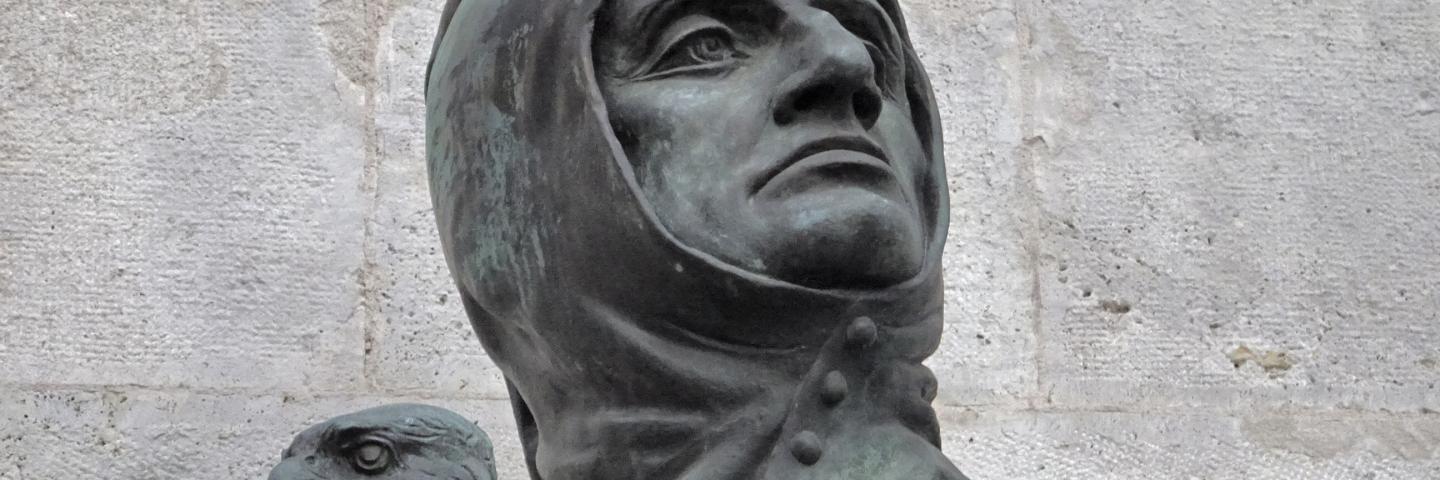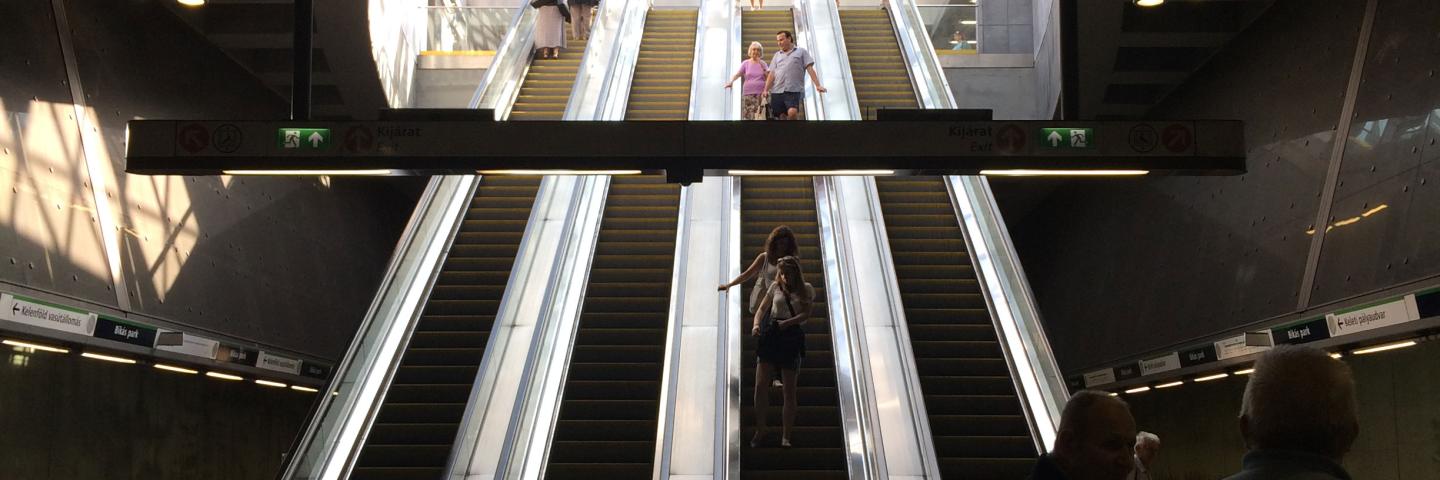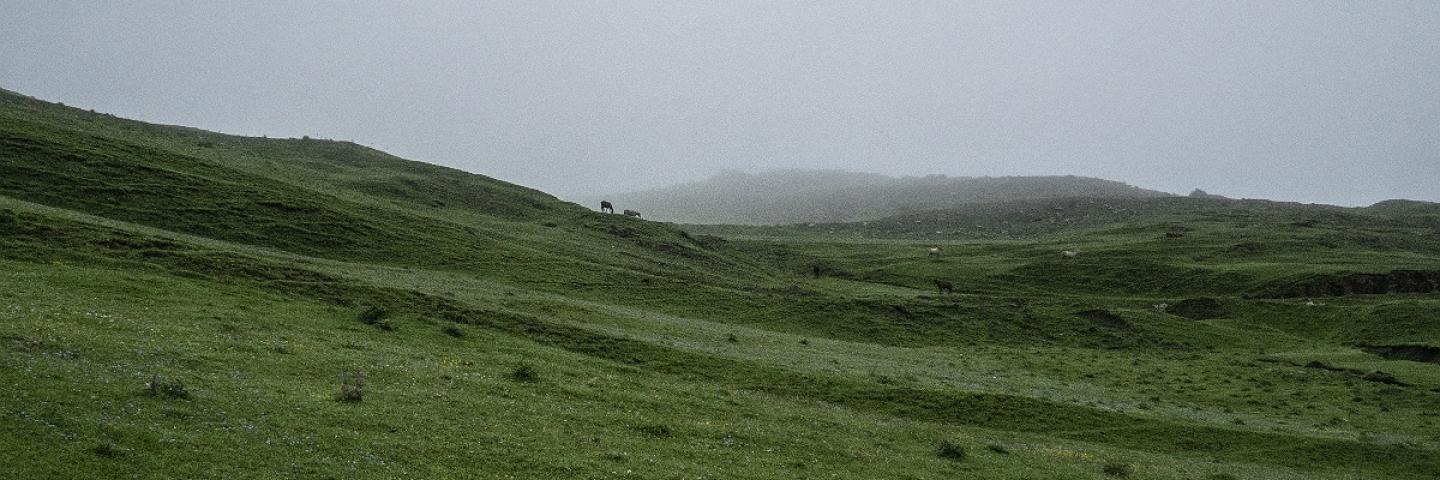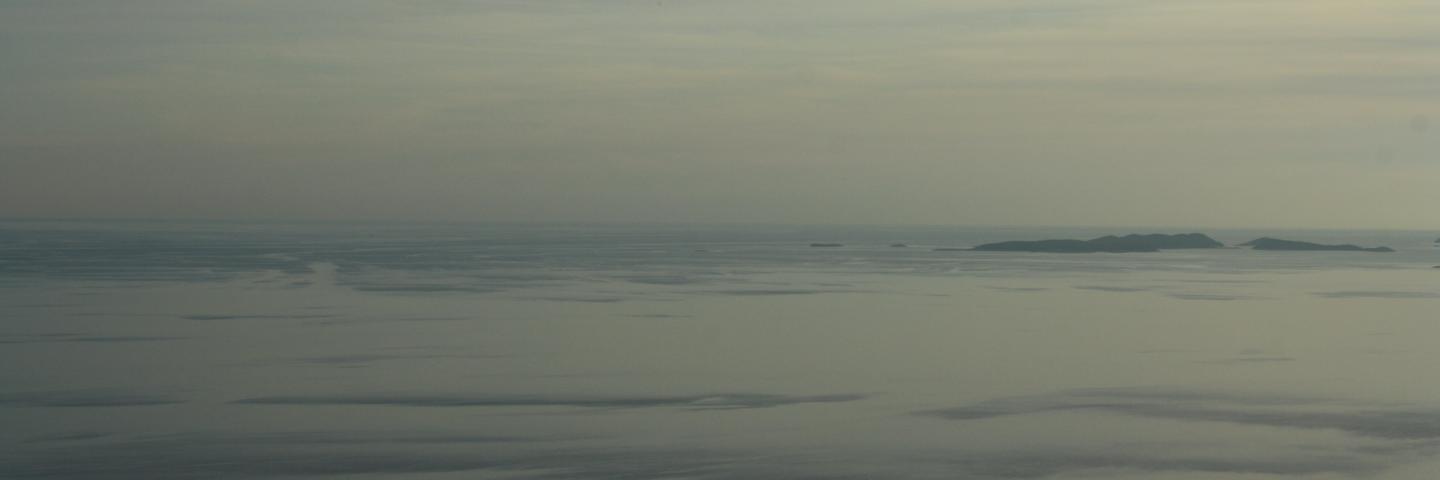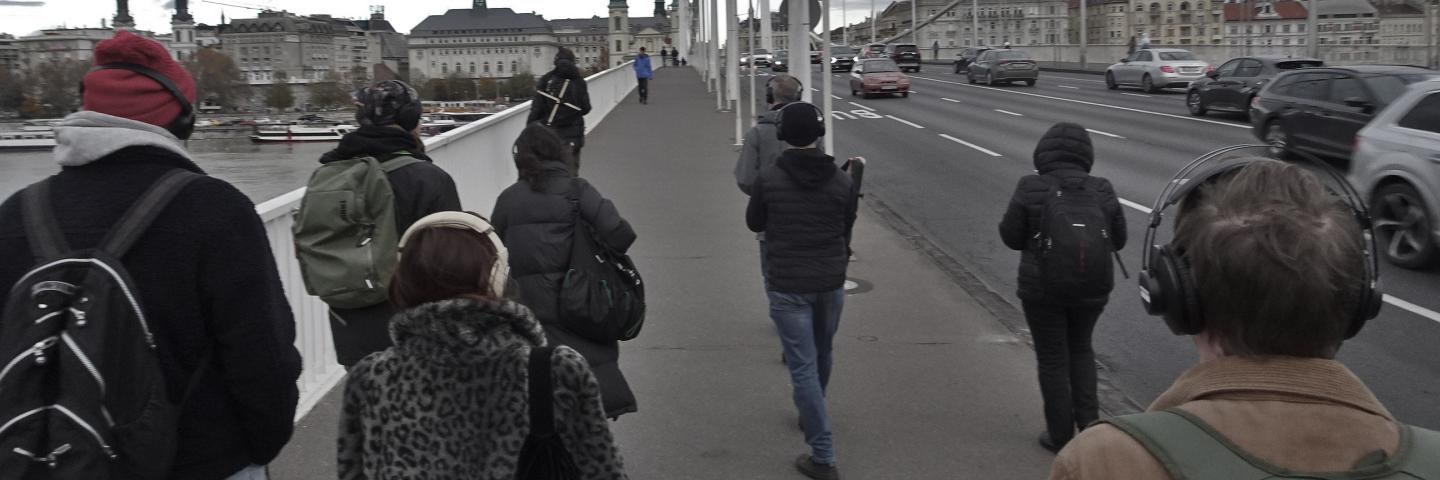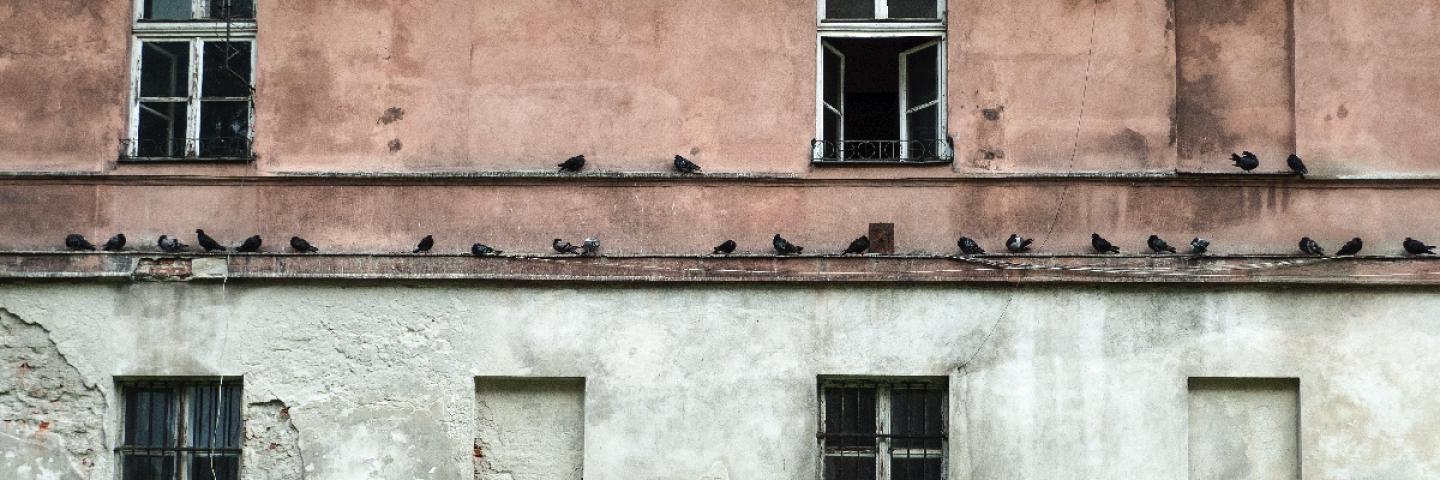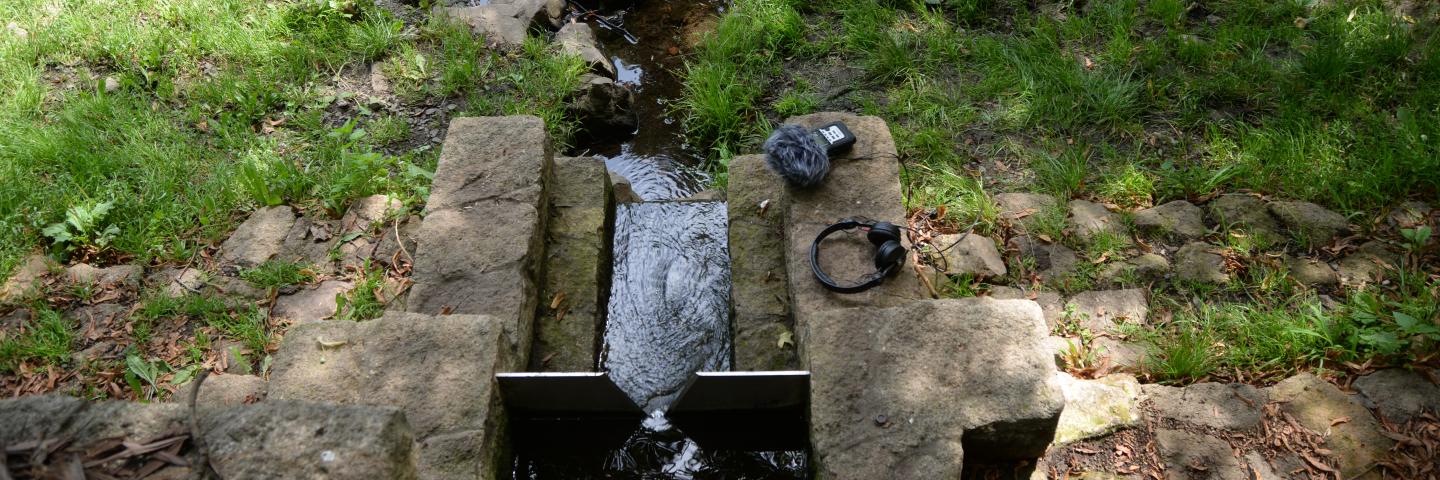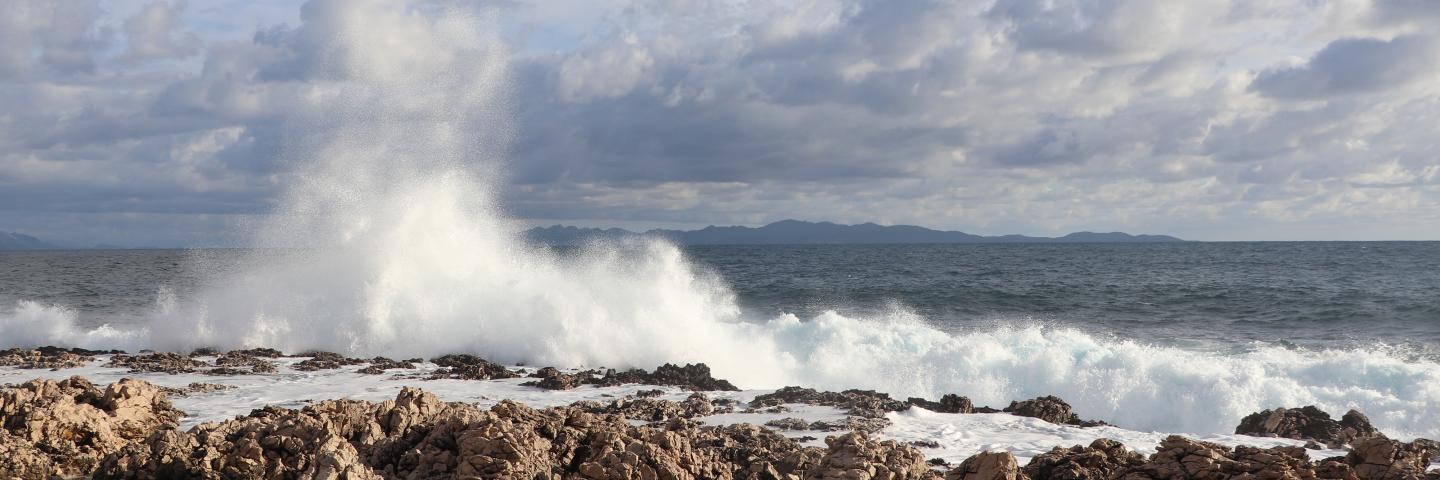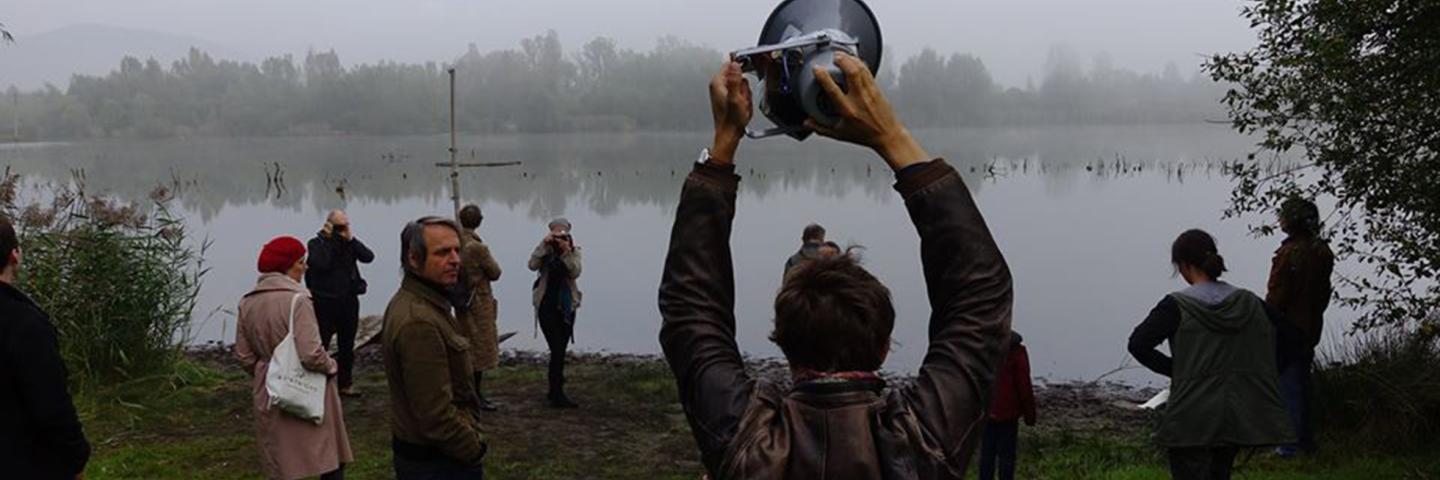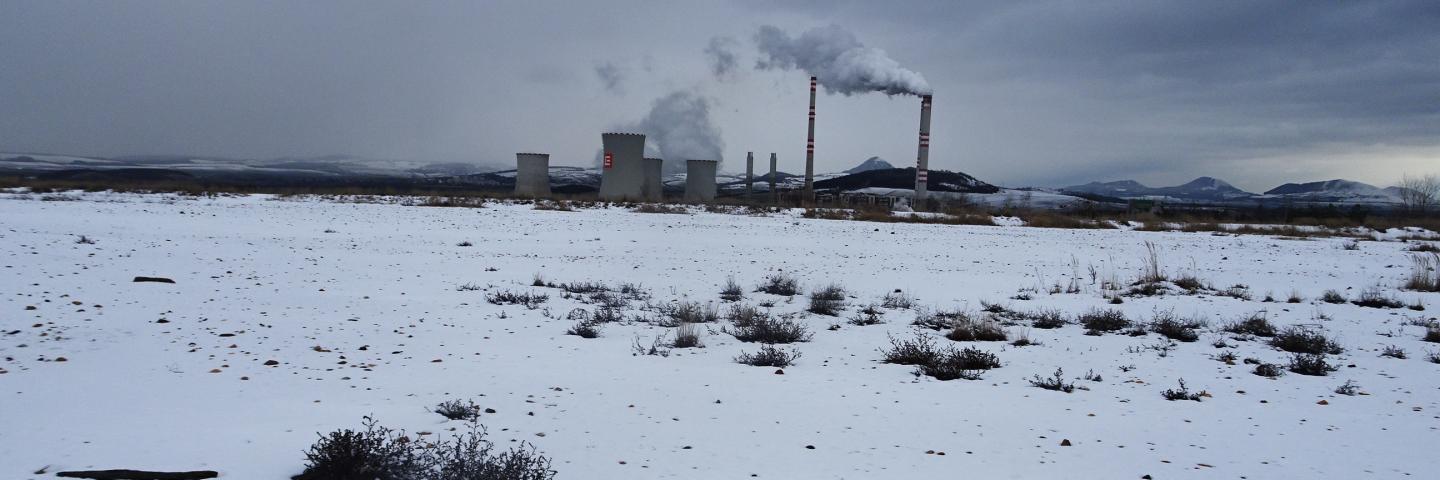Llorenç Barber
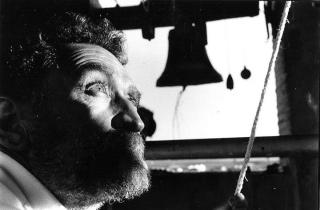
Llorenç Barber (Valencia, 1948) is one of the mavericks of Spanish music. Departing from a passionate interest in John Cage - and particularly in ZAJ group (a sort of Spanish zen/ Dada collective) he has developed a unique musical language since his early minimalist-inspired compositions. With his portable set of bells, Barber plays long improvised pieces in which uses harmonic chant; a minimal chamber setting which recognizes links with the NY Downtown experimental scene from the seventies and eighties (he lived in New York in early '80's). His other works include music for several ensembles and extended vocal techniques, but his most original and breathtaking pieces are undoubtedly his "City Concerts." Here, he takes bell towers in different churches of the same city and composes scores using each bell tower as an instrumental line in the orchestra. Barber has "sounded" nearly 100 cities in Europe and America and has made other spatial compositions for marching bands in plazas de toros or for ship horns and ornamental fires.
There are some of Llorenc’s influences: the Internationale Ferienkurse für Neue Musik (1969-70) in Darmstadt (Germany), meetings with Luciano Berio, György Ligeti, Mauricio Kagel, Karl-Heinz Stockhausen; in España, the ZAJ group (1970), the reading of Silence by John Cage in 1971, the invitation to participate in The Music/Context (1978) curated by the improvisers of the London Musicians Collective, David Toop and Peter Cusack. The influence of the Raymond Murray Schafer ’s land art in his work The Tuning of the World (1977). And the work of the Marius Schneider.
Llorenç Barber has been inventing bands since the 70s: Actum (diphonic minimalism), mundane music workshop (improvised contact and context music), Flautus Vocis Trio (reinventing phonetic poetry from gossip, advertisement and markets”); festivals (Ensems. Alternative music events in Valencia; FLES, Festivals of Free sound expression; Nits d’Aielo and Art; Anem Anem); music courses, events and conferences (Music Departament, Universidad Complutense; Paralelo Madrid-Other Musica); magazines (Senderos for 2000).
Llorenç lived in Madrid between 1972 and 2004 and the city fostered, thanks to Llorenc’s mediation, the projects of artists such as Terry Riley, Jaap Blonk, Gordon Monahan, Ron Kuivila, Malcom Palestine, Burkhard Stangl, Christof Kurzmann, Rolf Julius, Phil Niblock, Alvin Lucier, Lawrence Casserley, Thomas Clements, Stefano Scodanibbio. Llorenç wrote essays on John Cage, Giacinto Scelci, Morton Feldman, Luc Ferrari.
Since the 80s Llorenç Barber has practiced diphonic singing, which he learned from Trân Quang Hai and Glenn Velez.
